Dealing with Frozen Pipes: Prevention, Thawing, and Repairs
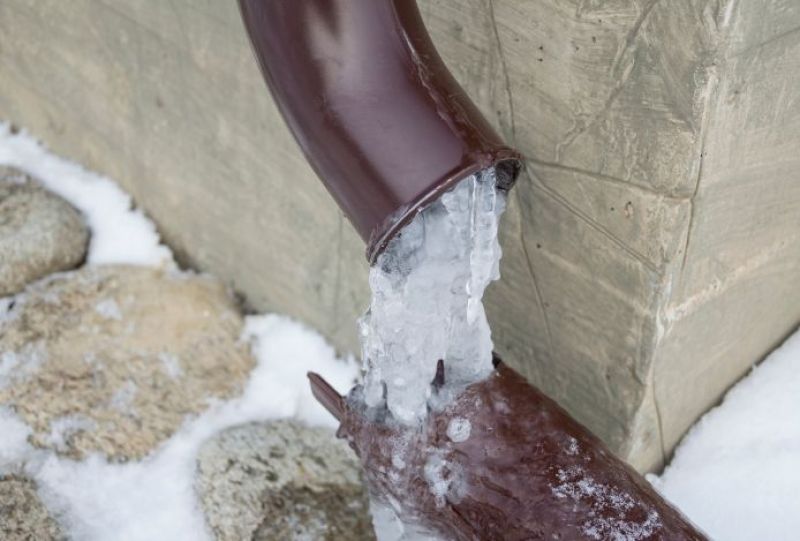
TLDR: Frozen pipes can lead to costly damage in your home, including burst pipes, reduced water flow, appliance damage, and water damage. Vulnerable areas include crawl spaces, basements, exterior walls, and attics. To prevent freezing, insulate your home, maintain indoor heat, seal gaps, insulate pipes, and let faucets drip during extreme cold. Rootin Tootin Rooter and Plumbing is available 24/7 to assist with frozen pipe issues. If you suspect frozen pipes, turn off the water supply, and call professionals for safe thawing. In case of a burst pipe, shut off the water, drain the affected pipe, and seek professional repair. Remember to take preventive measures to avoid future incidents.
Understanding the Impact of Frozen Pipes
Why Do Pipes Freeze?
Understanding why pipes freeze is crucial for prevention. When temperatures plummet, the water inside your plumbing pipes can freeze, causing it to expand. This expansion exerts tremendous pressure on the pipe walls, potentially leading to cracks or bursts. Additionally, ice blockages can obstruct water flow, resulting in reduced water pressure or even complete blockage.
The Consequences of Frozen Pipes
Frozen pipes can wreak havoc on your home. The consequences may include:
- Burst Pipes: The most severe outcome of frozen pipes is bursting. When the ice within the pipe expands, it can rupture the pipe, causing extensive water damage.
- Reduced Water Flow: Even if pipes don’t burst, frozen water can block the flow, leading to low or no water pressure in faucets and fixtures.
- Damage to Appliances: Appliances connected to the frozen pipes, such as water heaters, can suffer damage, leading to costly repairs or replacements.
- Water Damage: As frozen pipes thaw, they can leak, leading to water damage in walls, ceilings, and floors, as well as potential mold growth.
- Financial Costs: Repairing burst pipes and addressing water damage can be expensive. Prevention is more cost-effective than dealing with the aftermath.
Vulnerable Areas for Frozen Pipes in Your Home
Certain areas in your home are more susceptible to freezing due to their proximity to exterior walls, lack of insulation, or exposure to cold air. Common vulnerable areas include:
- Crawl Spaces and Basements: Pipes in these areas are often exposed to cold temperatures, making them prone to freezing.
- Exterior Walls: Pipes running along exterior walls can be affected by cold outdoor air.
- Attics: Attic spaces with inadequate insulation can allow cold air to reach pipes.
5 Tips to Preventing Frozen Pipes During the Winter
Preventing frozen pipes is the most effective strategy to avoid the hassles and expenses associated with freezing and bursting. Here are some preventive measures:
1. Insulate Your Home
Proper insulation is key to protecting your pipes from freezing. Ensure your home is well-insulated, including walls, attics, and crawl spaces. Seal gaps and cracks to prevent cold air infiltration.
2. Keep the Heat On
Maintain a consistent indoor temperature, especially during freezing weather. Keep the thermostat set to a minimum of 55°F (12°C), even when you’re away from home.
3. Seal Cracks and Openings
Seal any cracks, gaps, or openings that allow cold air to enter your home. Use weatherstripping, caulk, or insulation to seal these areas.
4. Use Pipe Insulation
Wrap exposed pipes with insulation sleeves or heat tape. Focus on pipes in unheated areas, as well as those near exterior walls.
5. Let Faucets Drip
During extremely cold weather, allow faucets to drip slowly. The movement of water can prevent freezing. Focus on faucets located on exterior walls or in vulnerable areas.
As diligent as you may be in implementing preventive measures to safeguard your plumbing against freezing temperatures, it’s essential to remember that, at times, you may still encounter the challenge of frozen pipes during harsh winters. However, there’s no need to worry. Rootin Tootin Rooter and Plumbing is here to provide expert assistance around the clock. Our team of skilled professionals is available 24/7 to help you thaw frozen pipes, address any plumbing emergencies, and ensure your home remains warm and water flows freely. While prevention is key, knowing that you have a reliable partner like Rootin Tootin Rooter and Plumbing ready to assist brings peace of mind and confidence in facing winter’s frozen pipe challenges.
Thawing Frozen Pipes
Despite your best preventive efforts, pipes can still freeze. If you suspect a frozen pipe, prompt action can prevent bursting and minimize damage.
Identifying the Freeze
Common signs of frozen pipes include:
- No Water Flow: When you turn on a faucet and nothing comes out, it could indicate a frozen pipe.
- Frost on the Pipe: Visible frost on a pipe is a clear indicator of freezing.
- Strange Odors: If you notice unusual odors coming from a faucet or drain, it could be due to a frozen pipe.
Safe Thawing Methods
If you suspect a frozen pipe, follow these steps for safe thawing:
- Keep Faucets Open: Open the faucet connected to the frozen pipe. This allows water to flow once the ice blockage melts.
- Apply Heat: Use a hairdryer, heat lamp, electric heating pad, or a space heater to gently warm the frozen section of the pipe. Start at the faucet end and work your way toward the frozen area.
- Use Towels: Wrap towels soaked in warm water around the pipe to help conduct heat.
- Never Use Open Flames: Do not use open flames, propane heaters, or torches to thaw pipes, as they can be a fire hazard.
- Be Patient: Thawing can take time. Be patient and avoid rushing the process.
When to Call a Professional for Your Frozen Pipes
When it comes to identifying the frozen section of your pipes or dealing with the aftermath of a burst pipe, it’s essential to rely on the expertise of professional plumbers. If you find it challenging to pinpoint the frozen area within your plumbing system or, in the unfortunate event of a burst pipe, don’t hesitate to contact the skilled professionals at Rootin Tootin Rooter and Plumbing. Our experienced team understands the urgency of such situations and is equipped to provide swift and effective solutions to minimize damage and restore your plumbing system to its optimal condition. Your safety and the well-being of your home are our top priorities, and we’re here to assist you promptly when you need it most.
What to do if You Have Frozen, Burst Pipes
In the unfortunate event of a burst pipe, take the following steps:
Shut Off the Water Supply
Locate the main water shut-off valve for your home and turn it off to stop the flow of water. This prevents further water damage.
Drain the Affected Pipe
Turn on faucets connected to the affected pipe to drain any remaining water in the system.
Repairing or Replacing the Pipe
Repairing or replacing the burst pipe may require the expertise of a professional plumber. Depending on the extent of damage, the pipe may need to be repaired or replaced entirely.
Steps to Take After Repairs
After the burst pipe is repaired, take measures to prevent future freezing incidents. Insulate or relocate vulnerable pipes, and continue to follow preventive measures.
Conclusion
Frozen pipes are a common winter woe, but with proper prevention and quick action, you can minimize the risks and consequences. Insulation, maintaining a warm indoor temperature, and safe thawing methods are your best allies in the battle against frozen pipes. In case of emergencies, remember to turn off the water supply and seek professional assistance. By staying vigilant and taking preventive measures, you can enjoy a cozy and trouble-free winter while keeping your plumbing system intact.
Frequently Asked Questions About Frozen Pipes
What are the signs that my pipes are frozen?
Common signs of frozen pipes include little to no water flow from faucets, strange odors coming from taps or drains, frost on exposed pipes, or visible bulging or cracking in pipes..
Can I thaw frozen pipes on my own?
While there are DIY methods for thawing frozen pipes, it’s best to rely on professionals to avoid accidental damage. Rootin Tootin Rooter and Plumbing has the expertise and tools to safely thaw pipes without causing further harm.
Are frozen pipes an emergency?
Yes, frozen pipes can lead to burst pipes, which are plumbing emergencies. If you suspect frozen pipes, especially in severe cold, it’s crucial to address the issue promptly by calling a professional.
Are frozen pipes covered by homeowners’ insurance?
Homeowners’ insurance typically covers damage caused by frozen pipes but may not cover the cost of repairing or replacing the pipes themselves. Review your policy or consult with your insurance provider to understand your coverage.
Can frozen pipes burst even after they thaw?
Yes, frozen pipes can burst after they thaw due to the pressure buildup caused by the ice blockage. It’s essential to have a professional inspect and repair the pipes to prevent potential bursts.
If you have more questions about frozen pipes or require immediate assistance, don’t hesitate to reach out to Rootin Tootin Rooter and Plumbing. We’re your trusted plumbing experts, ready to assist you in any plumbing emergency.
Other Blogs You May Be Interested In

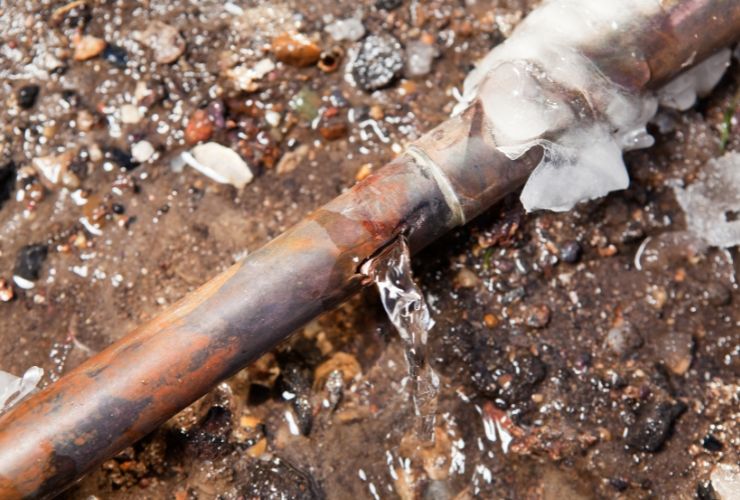
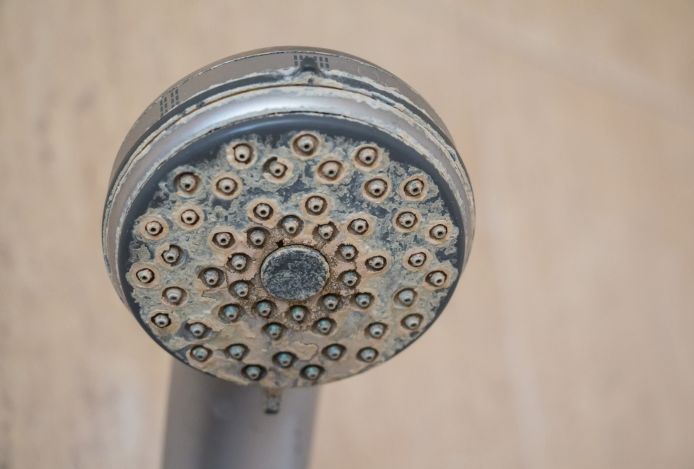
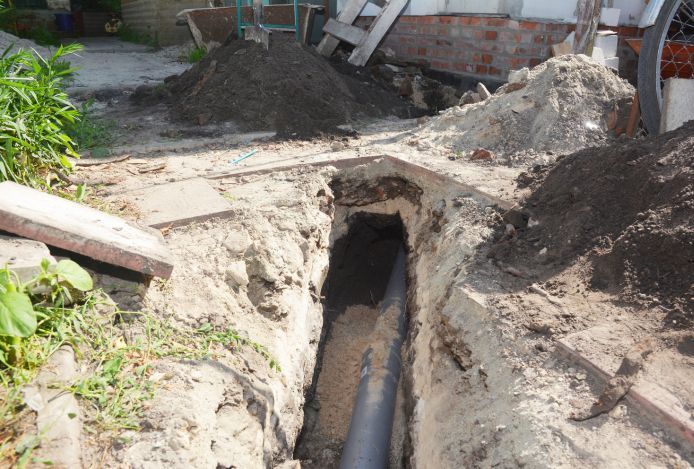

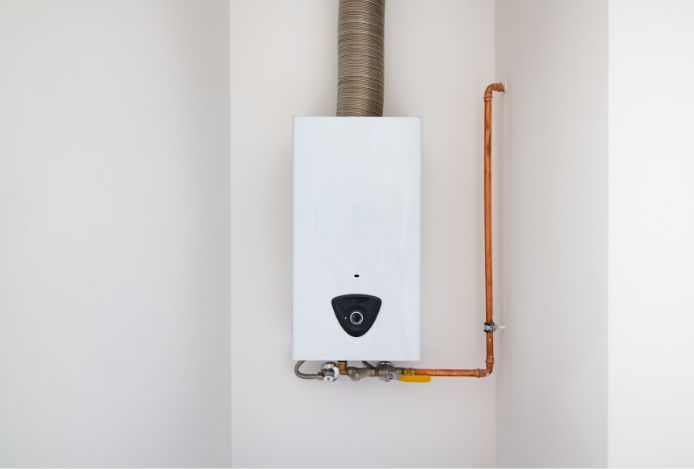
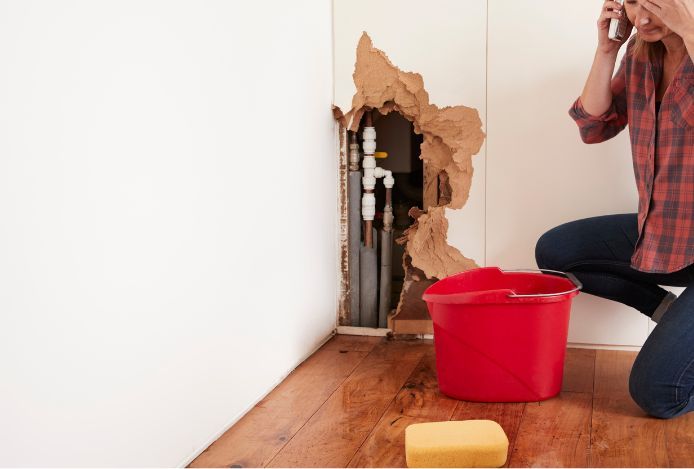
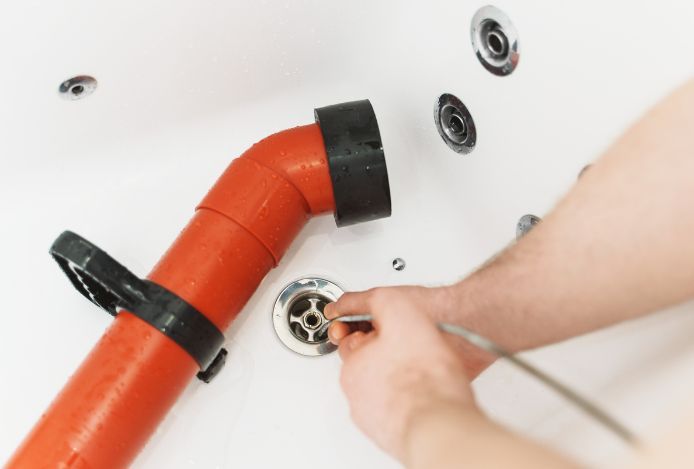
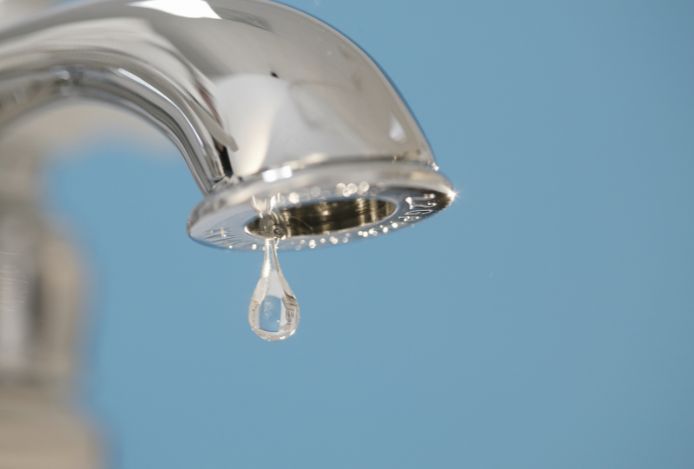
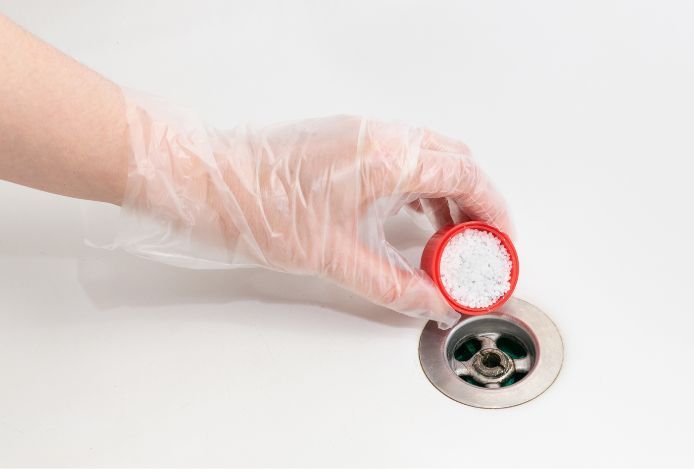
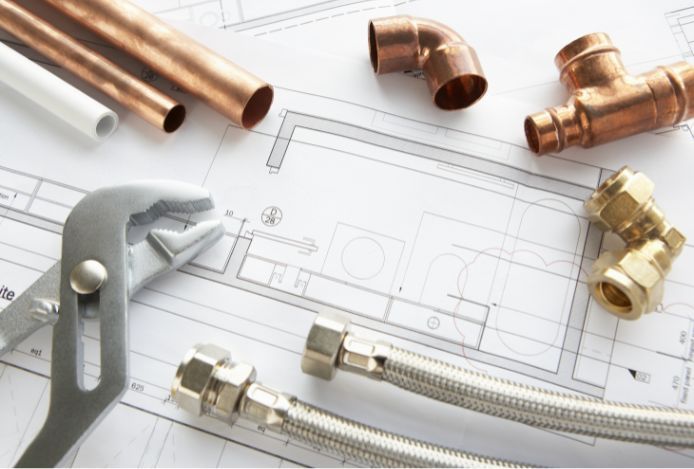

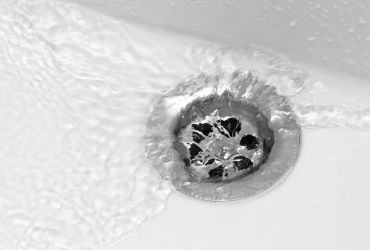
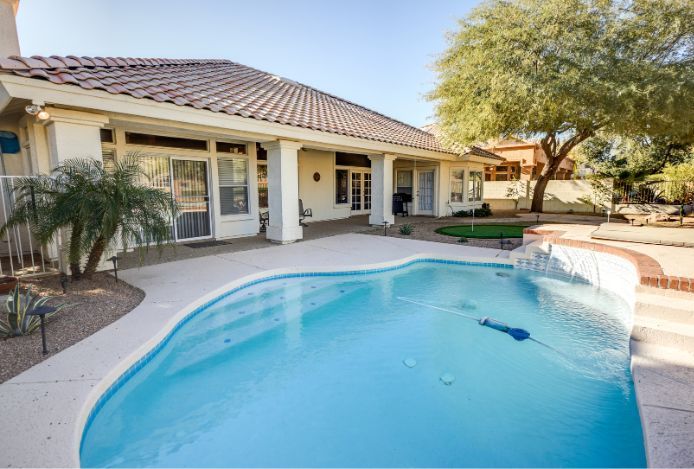
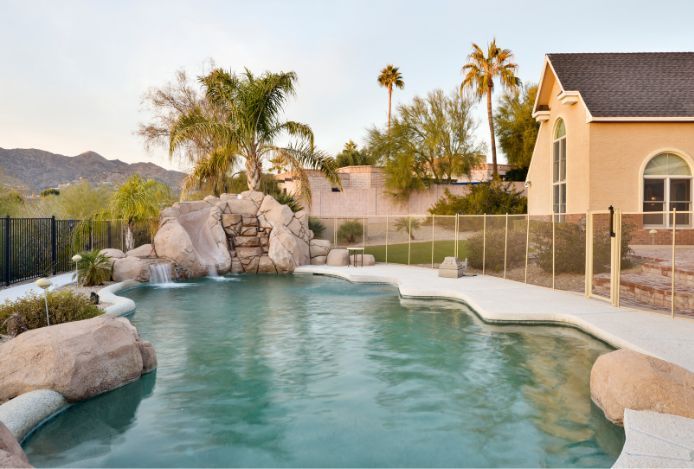
Leave a Reply